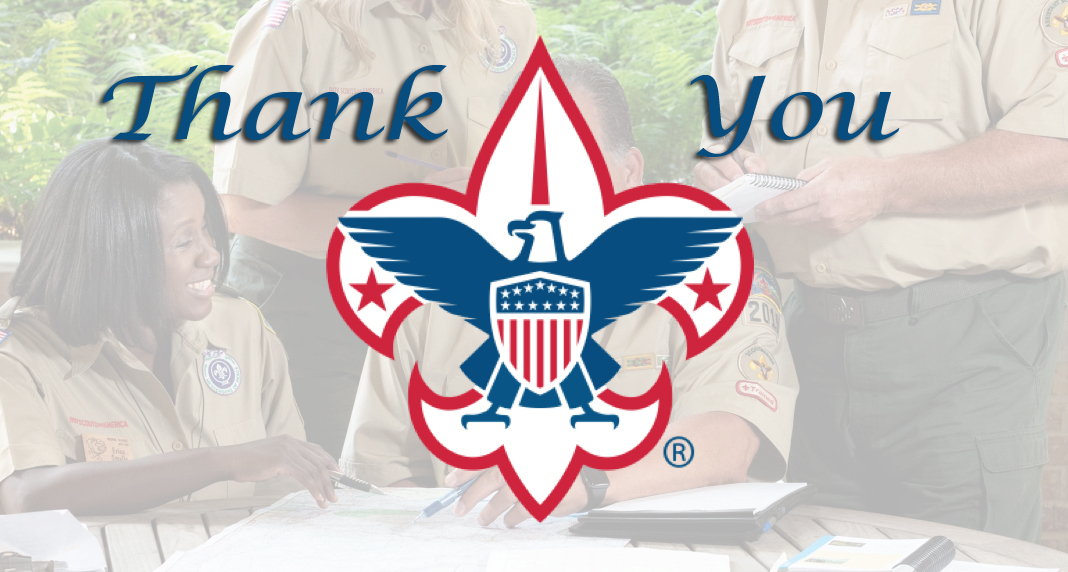9.0.2.0 The Eagle Scout Service Project
While a Life Scout, plan, develop, and give leadership to others in a service project helpful to any religious institution, any school, or your community. (The project must benefit an organization other than the Boy Scouts of America.) A project proposal must be approved by the organization benefiting from the effort, your unit leader and unit committee, and the council or district before you start. You must use the Eagle Scout Service Project Workbook, BSA publication No. 512-927, in meeting this requirement.—Eagle Scout requirement 5
9.0.2.7 “Proposal Must Be Approved … Before You Start
The Five Tests of an Acceptable Eagle Scout Service Project. The proposal is an overview, but also the beginnings of planning. It shows the unit leader and any representatives of a unit committee, council, or district, that the following tests can be met.
- The project provides sufficient opportunity to meet the requirement.
- The project appears to be feasible.
- Safety issues will be addressed.
- Action steps for further detailed planning are included.
- The Scout is on the right track with a reasonable chance for a positive experience.
The detail required for a proposal depends on project complexity. It must be enough to provide a level of confidence for a council or district reviewer that the above tests can be met, but not so much that—based on the possibility a proposal can be rejected—it does not respect the time it takes to prepare.
9.0.2.3 “Plan, Develop …”
Planning and development require forethought, effort, and time—sometimes more than for execution. Thus, for the most part, they are considered part of the project and are detailed further once a proposal is approved.
9.0.2.4 “Give Leadership to Others …”
“Others” means at least two people besides the Scout. Helpers may be involved in Scouting or not, and of any age appropriate for the work. In cases where just three people are not able to conduct a project to the satisfaction of a beneficiary, then more would be advisable. It may be, however, that a well-chosen project conducted by only three provides an impact not achievable with those involving more.
One of the purposes for the project is to demonstrate leadership, but this could be considered a more important element, perhaps, for Scouts who have not yet established themselves as leaders. It is for reasons like these that every project must be evaluated, case-by-case, on its merits, and on lessons that will advance the candidate’s growth. Councils, districts, and units shall not establish requirements for the number of people led, or their makeup, or for time worked on a project. Nor shall they expect Scouts from different backgrounds, with different experiences and different needs, all to work toward a particular standard. The Eagle Scout service project is an individualized experience.
Councils, districts, and units shall not establish requirements for the number of people led, or their makeup, or for time worked on a project.
9.0.2.5 “Helpful to Any Religious Institution, Any School, or Your Community”
“Any religious institution” and “any school” are self explanatory. But what does “your community” mean? In today’s world of instant communications and speedy travel, we are affected more and more by what goes on all over the world. Prices for goods and services, investment values, our very safety, and how we feel about those less fortunate in other countries, all are involved. Thus, if Scouts want to take their oath “to help other people” more expansively and put their project to work for the “community of the world,” they are allowed to do so. A council may emphasize more local efforts but should not deny worthy projects of a wider scope.
If Scouts want to take their oath “to help other people” more expansively and put their project to work for the “community of the world,” they are allowed to do so.
Normally “your community” would not refer to individuals, although a council or district advancement committee may consider scenarios where an individual in need can affect a community. An example might involve elderly persons able to live at home but unable to maintain their property, with the result being an “attractive nuisance” or related dangerous situations, or even an eyesore— something that raises concern to more than that of just an individual. If it can be determined the community benefits, then it is a matter of identifying who will provide approvals. They must come from a source representing the “community,” such as a neighborhood association, watch group, homeowners association, or perhaps a division of a town or county.
The project beneficiary need not be a registered nonprofit. Projects may not be of a commercial nature or for a business, but this is not meant to disallow community institutions that would otherwise be acceptable to the council or district advancement committee. These might include museums and various service agencies, or some homes for the elderly, for example. Some aspect of a business’s operation provided as a community service may also be considered; for example, a park open to the public that happens to be owned by a business. In cases such as these, the test is whether the project primarily benefits the community, as opposed to the profits of the business.
9.0.2.6 “Benefit an Organization Other Than the Boy Scouts of America”
“To help other people at all times” is a basic tenet. The Eagle Scout service project is an important and meaningful opportunity to practice what we teach. Projects must not be performed for the Boy Scouts of America or its councils, districts, units, camps, and so forth. The unit’s chartered organization, however, is certainly a good candidate, as are other, international Scouting organizations or other youth organizations such as the Boys & Girls Clubs of America.Re
Resources
Added 2022
BSA Safe Tool USE Guidelines (Bryan on Scouting)



